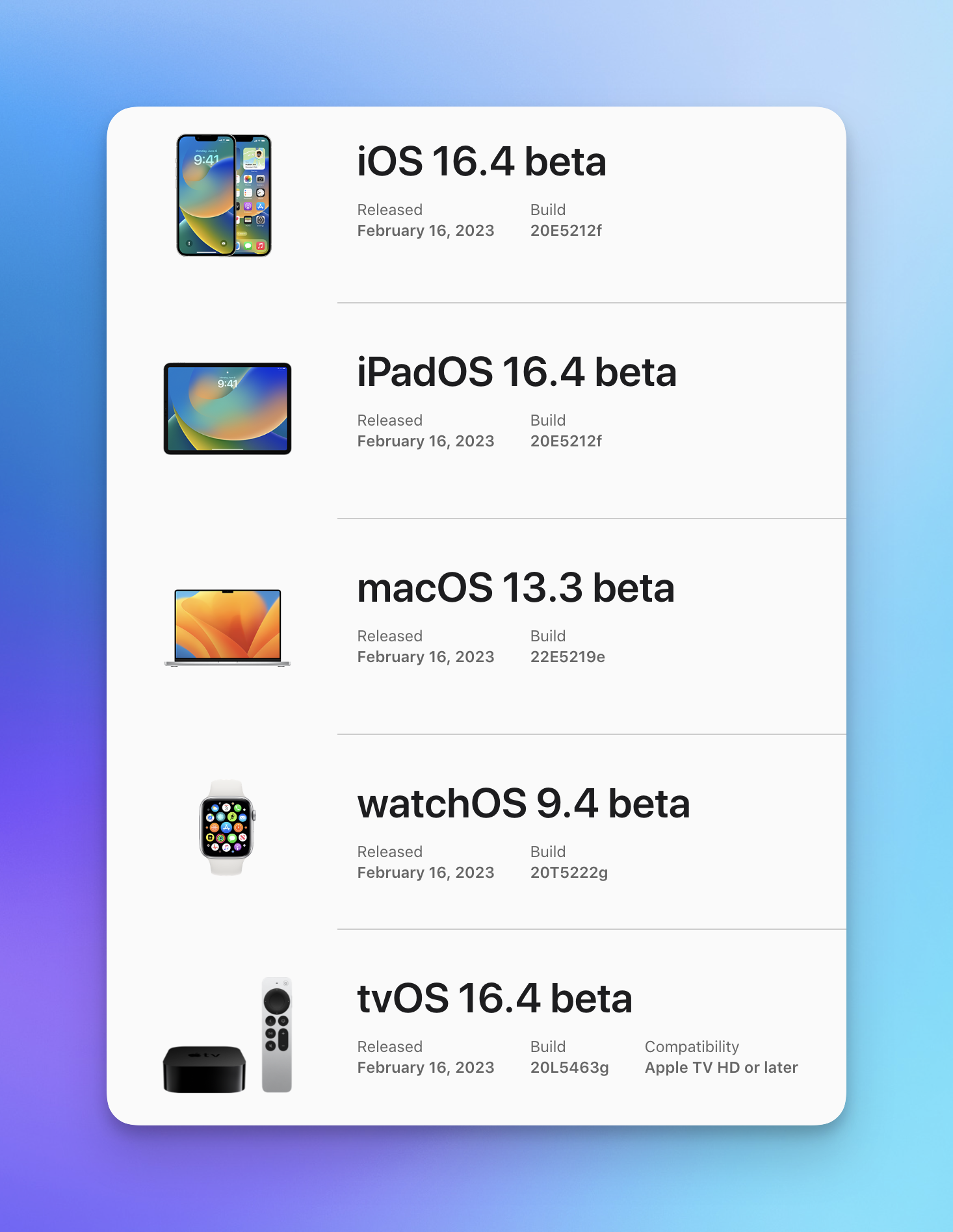iPad Pro vs Surface Pro 3
Apple's Smart Keyboard, like previous Smart Covers, folds into a triangle for use as a stand, as does Microsoft's Surface. But the iPad Pro's Smart Keyboard feels a bit more compliant, not as soft as the Surface keyboard.
And Apple’s design directly makes the body of the iPad Pro thinner. The thickness of 6.9mm is almost equivalent to that of the iPhone 6, while the thickness of the Microsoft Surface Pro 3 reaches 9.14mm, which is nearly one-third thicker than the iPad Pro. one. In addition, the iPad Pro weighs 712 grams, which is lighter than the 798 Surface Pro 3.
In addition, the iPad Pro has about 0.9 inches of screen diagonal bezels, and the overall screen resolution is higher than that of the Surface Pro 3. In addition, like other iPad tablets, the iPad Pro also provides a traditional document office aspect ratio, rather than the ultra-wide ratio of the Surface tablet.
And this directly leads to the fact that the Surface Pro 3 is more like a small laptop, while the iPad Pro is more like a larger and thinner tablet. Microsoft has always positioned the Surface as a 2-in-1 product that can replace a laptop, and has added many desktop PC and tablet hybrid features. The iPad Pro continues to use the iOS system of the mobile platform, and does not add more features of traditional desktop computers.
The Surface Pro 3 comes with a stylus, which costs an extra $99 for the iPad Pro (the Surface Pro 3 stylus costs $50 and isn't available on the lower-end model). And this nearly double the price difference also proves that the Apple Pencil stylus can achieve more complex operations in many ways.
The Surface Pro 3's stylus technology is based on technology Microsoft acquired in February from Israel's N-trug, which made the Wacom smart pen. The Surface Pro 3's stylus supports pressure detection and various click button functions, including erasing, right-clicking, and top pressing, and can be used in Microsoft's OneNote notepad application.

The Apple Pencil does not have any buttons. In addition to pressure detection, it can also detect the angle and direction of writing. The commands that can be executed are not only a simple stylus, but also imitate various effects such as pencils, charcoal or brushes. . And that's why Apple named this stylus Pencil, not a pen or a stylus, etc.
For example, through Adobe's application, Apple Pencil can achieve the effect of a watercolor brush, and can also change the effect through different degrees of inclination, and artists can achieve different painting styles by adjusting the proportion of mixed colors.
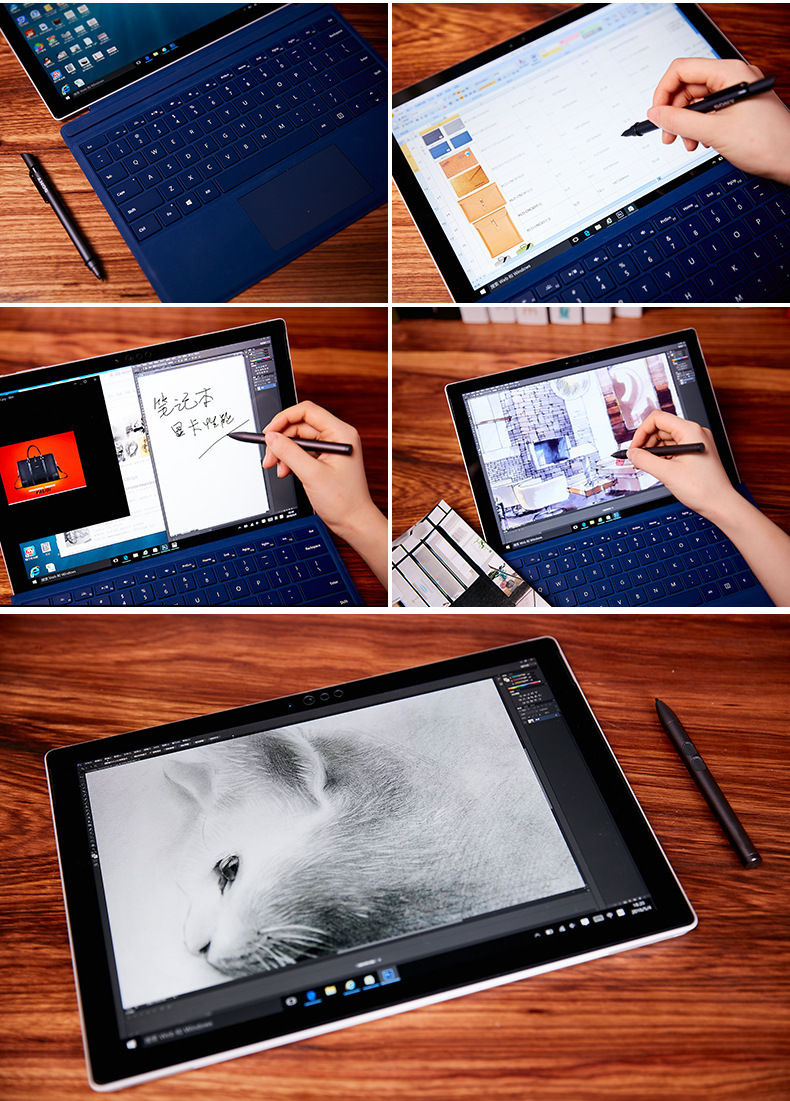
Another difference with the Apple Pencil is the way it connects. It can be plugged into the iPad Pro through the Lightning port, and once the automatic Bluetooth connection is set up for the first time, it can be charged at any time. According to Apple, the Apple Pencil can be used for 30 minutes after only 15 seconds of charging, and can be used continuously for 12 hours after being fully charged.
The Surface Pro 3's stylus needs to be connected through a button, and it needs to be powered by a AAAA battery instead of a built-in rechargeable battery.
Support Apple Pencil application
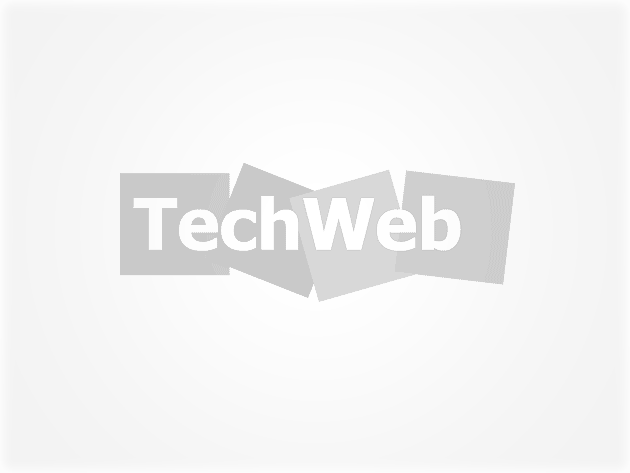
At present, including Adobe, Autodesk and even Microsoft have launched apps that support the new features of Apple Pencil. During the experience, drawing is that Apple Pencil can achieve the effect of a pencil, and it feels very natural, and it can also achieve special effects when the pencil is placed flat. Angle and coloring, or convert to a watercolor brush, or directly switch to pencil mode for precise straight line measurement. Even in the eraser mode, different wiping effects can be achieved through different strengths and angles.
Last year, Josh Lowensohn published an article titled "Why Microsoft Can't Explain the Surface Needs a Stylus," and Surface's stylus was just used in commercials, promotional videos, and comparisons with the MacBook Air. Come and click on the screen.
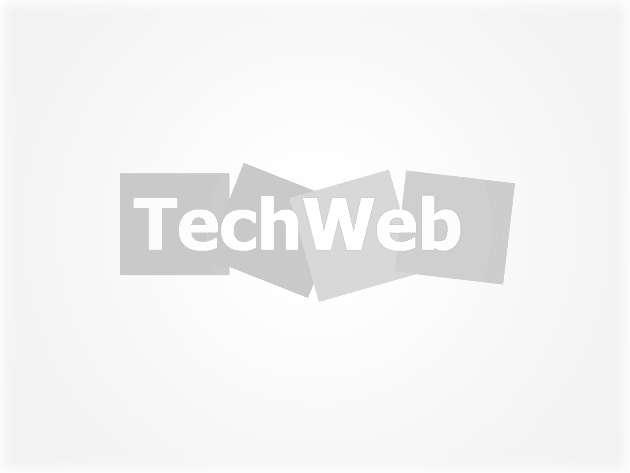
Apple Pencil, on the other hand, uses more advanced technology that can go beyond basic usage in applications and can be used for precise editing, signing, drawing, shading and calligraphy in Autodesk's documents, and even virtual dissection in 3D4Medical demo. At the same time, at the press conference, Microsoft also demonstrated the functions of highlighting text, adding notes and drawing polygons in the Office office suite of iPad Pro.
The Apple Pencil itself feels very natural to use, neither sharp nor heavy, and users don’t need buttons or mastery of use, and it can be easily used entirely through the iPad Pro’s user interface. In addition, the Apple Pencil does not require a specific button to launch the corresponding App. Compared with the Surface Pen, the process of setting up and charging is more convenient.
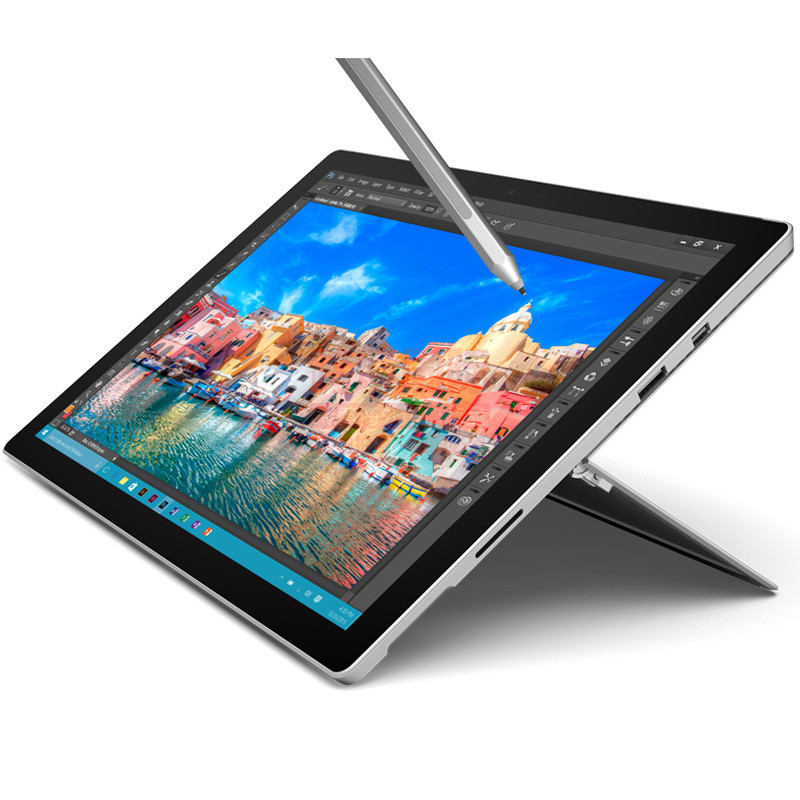

Twenty years ago, that is, in 1994, Apple released the first Newton Message Pad, which officially brought the concept of "personal digital assistant" and introduced a stylus-based operation interface. Subsequently, Microsoft optimized the stylus experience on various interfaces, and Newton was also largely affected by this, and became a cheap version of Palm's PDA.
In the late 1990s, Jobs ordered the cancellation of the stagnant Newton project, and stated on the first-generation iPhone released in 2007 that multi-touch is actually much better than the previous PDA and stylus operation methods. Through more complex capacitive touch sensors, as long as various operations can be realized with fingers and gestures, Apple also quickly defeated all opponents through the iPhone. At the time, Jobs said that the stylus was a terrible design failure.
Since then, manufacturers including Samsung and Microsoft have continued to try to introduce more complex forms of stylus products, but neither designers nor ordinary users seem to pay much attention. The Samsung Galaxy Note series of tablets focus more on larger screens, while apps related to the S Pen are ignored by developers. Likewise, there aren't many apps that include the Surface Pen, and Windows users just want the Surface to replace the combination of a tablet and a laptop.
Whether Apple Pencil can be the catalyst to drive the sales of iPad Pro in the commercial field is uncertain, but what is certain is that such a combination will become the favorite art tool for educational users and artists. So far, Apple Pencil has begun to attract the attention of professional developers, and it is also very important to encourage developers to actively and efficiently bring more complex and diverse applications to Apple Pencil.
On the other hand, even without the Apple Pencil, the iPad Pro can expand to more areas, especially considering the new multitasking function of the iOS 9 system, which allows users to take full advantage of the large screen of the iPad Pro. In the professional field beyond consumer users, we have seen that the cooperation between Apple and IBM is developing specialized efficiency tools for large enterprises such as Cisco, and iPad Pro will also become the best carrier to reflect these efficiency tools.
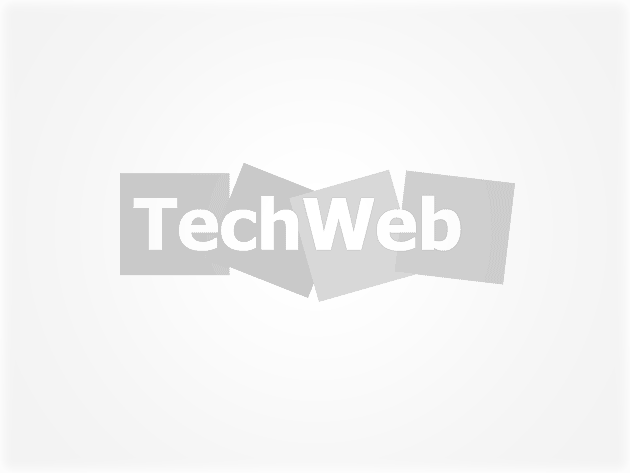
Apple's large-screen iPad Pro has been expected by us for a long time. Although there are many similar products on the market, in addition to the large-screen iPad, Apple's Apple Pencil for the iPad Pro relies on its sophisticated drawing capabilities. , bringing new features to the iPad Pro.
iPad Pro: An iPad the size of a MacBook

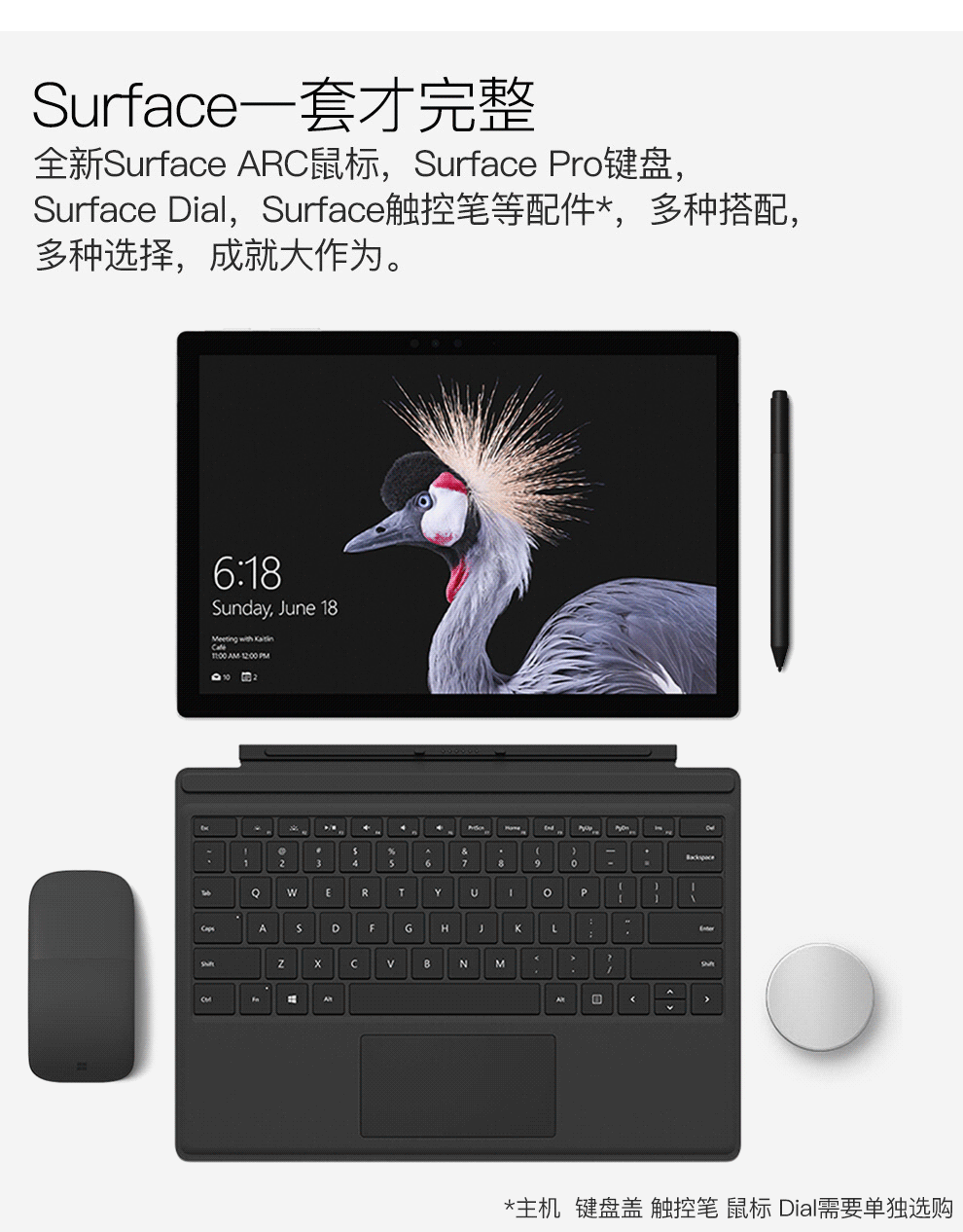
The biggest feature of the new iPad Pro is its 12.9-inch retina display with a resolution of 2732×2048 pixels and a pixel density of 264ppi. While that's 0.4 inches smaller than Apple's 13-inch Retina MacBook Pro, it packs a punch in terms of pixel count.
The resolution of the iPad Pro is even higher than that of the 15-inch MacBook Pro (the latter is 2880×1800), and its 4:3 screen ratio is consistent with the previous iPad tablet, not like the MacBook Pro. A 16:10 aspect ratio is used.
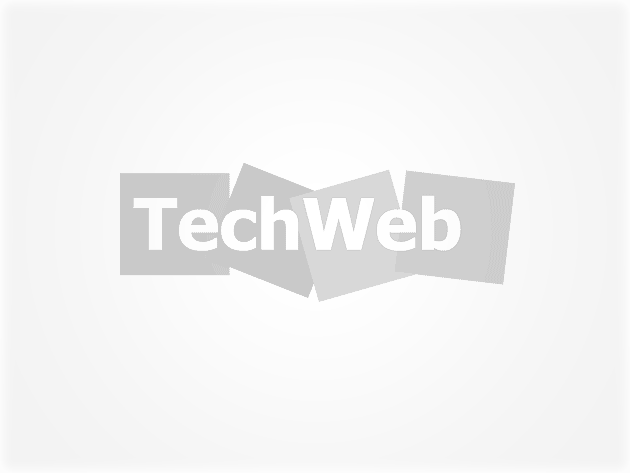
Outside of its larger size, the iPad Pro looks largely the same on the outside as previous iPads, including the placement of Touch ID, power, and other buttons. One very noteworthy difference, though, is that Apple has finally started to learn from the rest of the field, equipping the iPad Pro with multiple stereo speakers.
The iPad Pro designs the speakers at the four corners of the fuselage to balance the effect when used in different directions. In addition to the left and right audio, it is reported that the iPad Pro will also be able to emit higher frequencies and more directional sound effects through the edge of the screen, so that the sound can be heard more clearly.
Since the iPad Pro has not been officially shipped, it is difficult to fully evaluate the effect of the speaker in actual use. However, judging from the on-site experience, using the iPad Pro to play games without headphones still has a very good sound effect.
Smart Connector connection
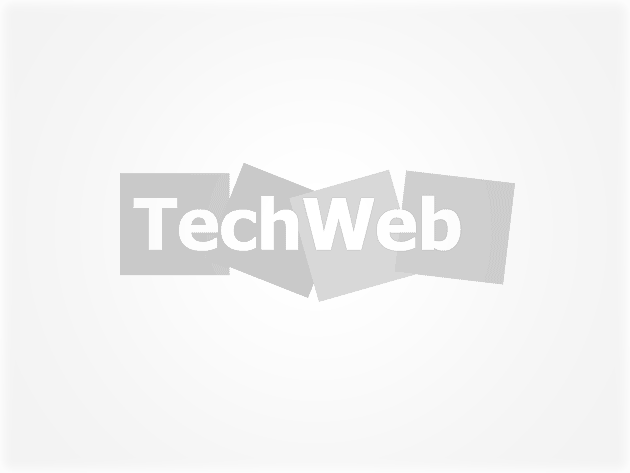
Another new feature of iPad Pro is its Smart Connector connection function, which can provide power and data transmission through a dedicated magnetic interface. The Smart Connector seems to have three contacts. In addition to connecting to Apple's official Smart Keyboard, it can also allow accessories from third-party manufacturers such as Logitech. Logic has already begun planning to launch an external keyboard for the iPad Pro in November.
The new Smart Connector can provide greater convenience in the work of the user, and it is very easy to remind us of Microsoft's Surface series of tablets, the same form and the same connection method, and even the effect and sound components linked by magnetic force Office dance ad.

